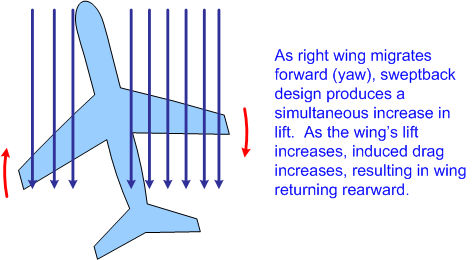- Joined
- Dec 5, 2010
- Messages
- 5,157
- Display Name
Display name:
GeorgeC
1. http://pilottraininguide.wordpress....nders-pilots-make-and-how-to-stay-avoid-them/ describes dutch rolls as a crossed-control maneuver.
2. http://www.mountainflying.com/Pages/mountain-flying/adverse-yaw.html describes dutch rolls as an exercise in coordinated flight, with the rudder leading the aileron to correct for adverse yaw.
3. of course, there is the textbook dynamics definition of a dutch roll, which is stated here for completeness.
With respect to flight training, which of 1 or 2 is correct? Or are both correct, with each teaching different lessons?
I ask because I did (1) during my primary training, but only recently did (2) after I was upbraided by a CFI ("That's not a dutch roll, you're just slipping! *This* is a dutch roll!").
Discuss(tm).
2. http://www.mountainflying.com/Pages/mountain-flying/adverse-yaw.html describes dutch rolls as an exercise in coordinated flight, with the rudder leading the aileron to correct for adverse yaw.
3. of course, there is the textbook dynamics definition of a dutch roll, which is stated here for completeness.
With respect to flight training, which of 1 or 2 is correct? Or are both correct, with each teaching different lessons?
I ask because I did (1) during my primary training, but only recently did (2) after I was upbraided by a CFI ("That's not a dutch roll, you're just slipping! *This* is a dutch roll!").
Discuss(tm).


